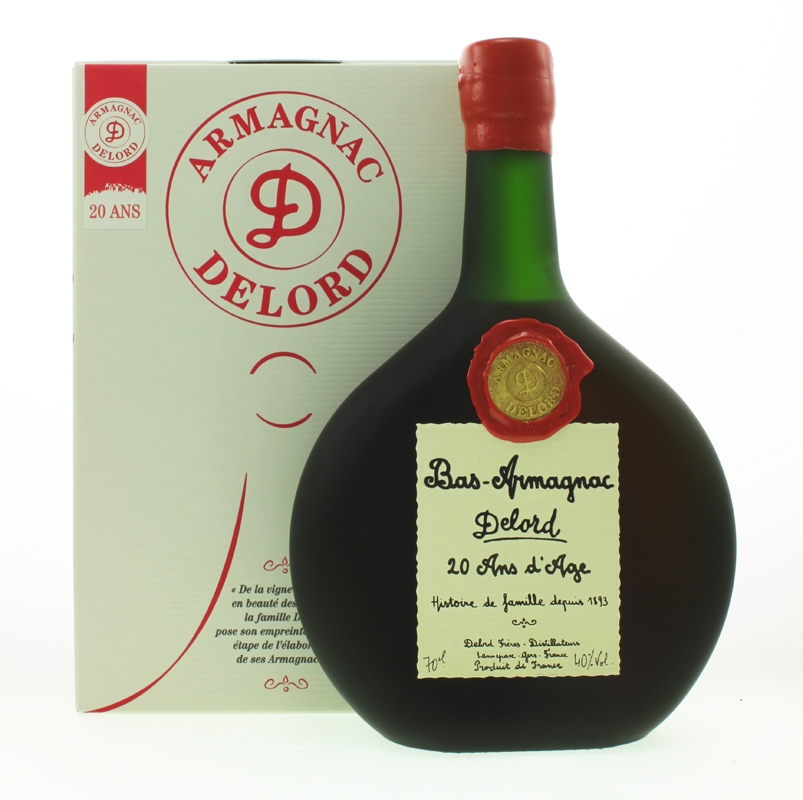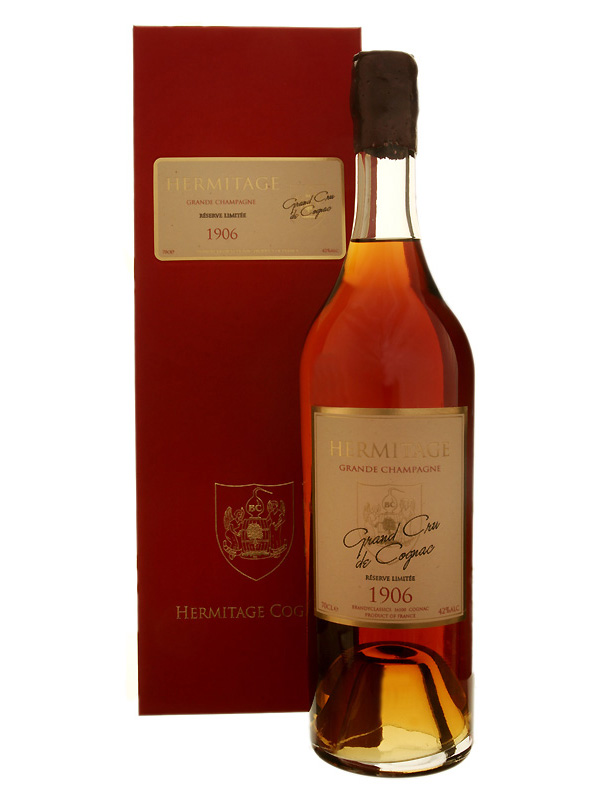Visitor numbers at the World’s biggest wines and spirits exhibition, Vinexpo, fall short of expectations.
Vinexpo is the biggest wines and spirits exhibition in the world. It is held in Bordeaux every other year and on alternate years is held in Hong Kong.
Although the official figures showed a 3% increase in visitor numbers, numbers of European visitors were down with the exception of visitors from the UK. Visitors from China and South East Asia, as well as visitors from Russia were up. The Chinese are generally increasing in wealth and are becoming much more aware of fine wines and spirits (and many Chinese have a cultural relationship with cognacs since they indicate wealth and prosperity). The Russians too have seen an increase in their wealth and have become much more enthusiastic about embracing fine wines and spirits.
Probably the biggest factor that has kept Europeans away is the proximity to the big German exhibition, Prowein, held this year in the beginning of March. This date seen by many Europeans as far more acceptable, since it does not interfere with the summer marketing and sales campaigns for the coming autumn. The Italians also have an exhibition in the Spring, but the Bordeaux exhibition has other difficulties – most notably, the lack of suitable accommodation in the area.


